The Dawn of Space Age Fashion
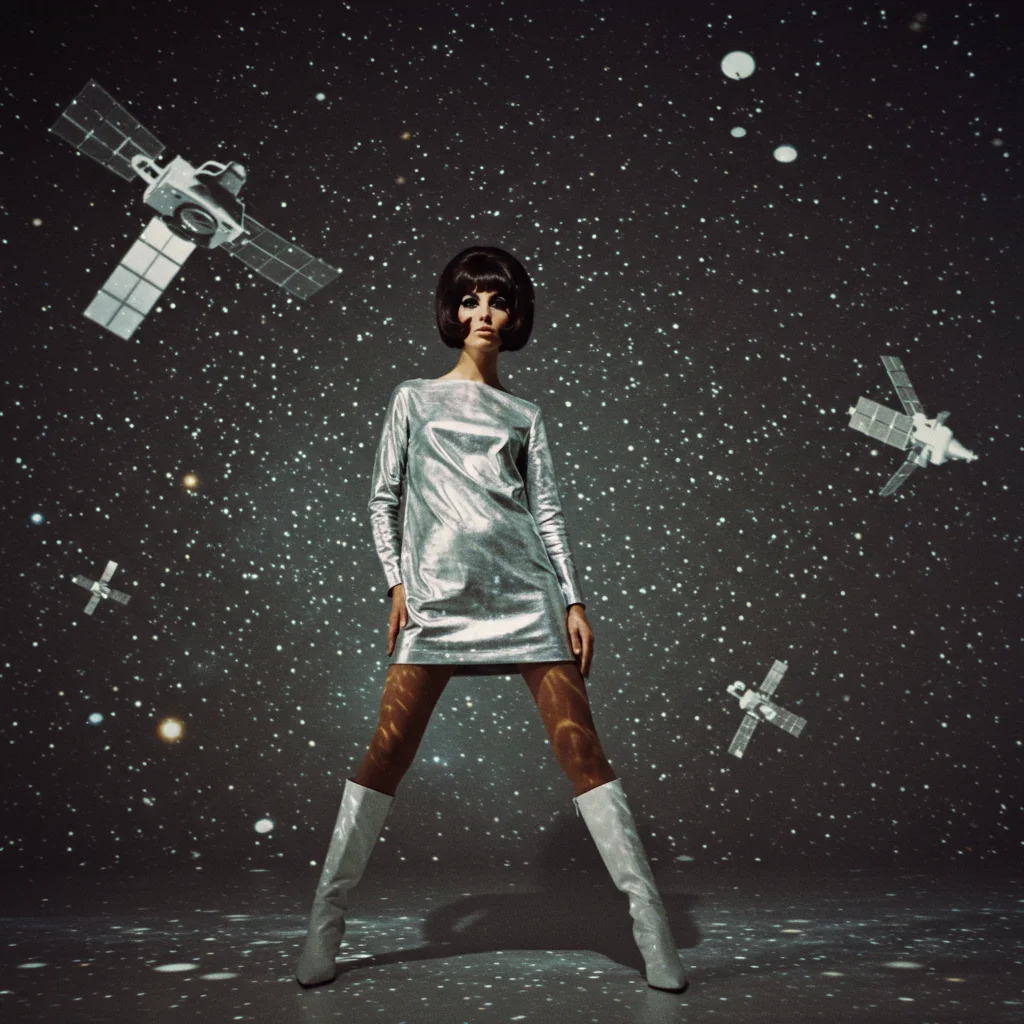
In 1964, humanity’s fascination with space exploration reached new heights, and fashion followed suit. The Space Race between the U.S. and the Soviet Union ignited a cultural obsession with futurism, inspiring designers to create clothing that mirrored the sleek, otherworldly aesthetics of rockets and satellites. This era birthed bold silhouettes, metallic textiles, and minimalist designs that rejected traditional femininity in favor of a bold, mechanized vision of the future.
Futuristic Fabrics and Materials

Space age fashion prioritized innovation not just in design but in materials. Designers experimented with PVC, vinyl, and aluminum-coated fabrics to create garments that shimmered like spacecraft. Transparent plastic accessories, glossy vinyl boots, and metallic thread embroidery became hallmarks of the trend. These materials symbolized a break from natural fibers, embracing synthetic technology as a metaphor for progress.
Key Designers Leading the Movement
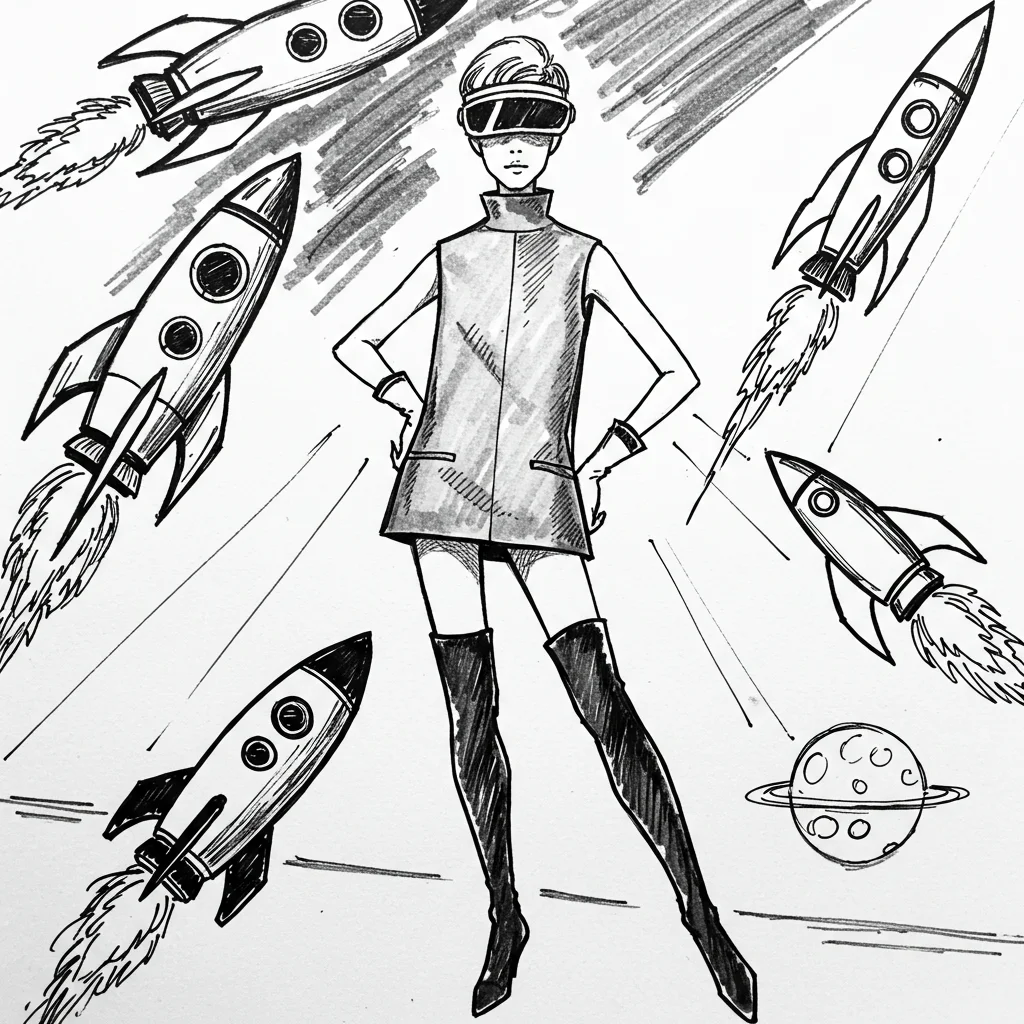
French designer André Courrèges emerged as a pioneer of space age fashion, debuting his iconic “Moon Girl” collection in 1964. His designs featured trapeze-shaped mini-dresses, goggles, and flat white boots that embodied a futuristic astronaut aesthetic. Meanwhile, Pierre Cardin and Paco Rabanne introduced modular metal dresses and chainmail-like garments, blending fashion with industrial artistry.
Iconic Pieces of 1964

The era’s most memorable looks included Courrèges’ boxy mini-dresses, Rabanne’s metal-plated gowns, and Cardin’s unisex jumpsuits. Accessories like oversized sunglasses, white go-go boots, and asymmetrical headpieces completed the cosmic vibe. These pieces weren’t just clothing—they were wearable statements about humanity’s potential.
Space Age Fashion in Pop Culture
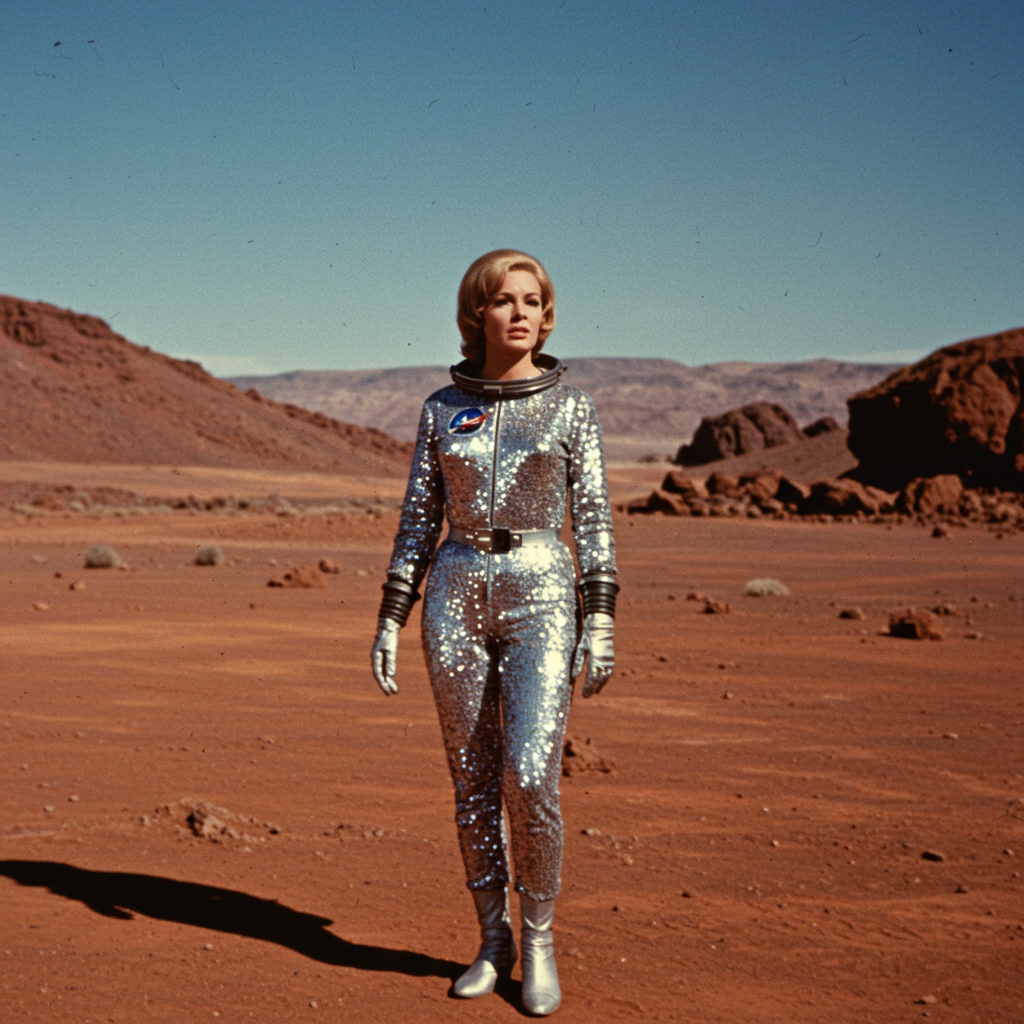
The trend permeated pop culture, with celebrities like Brigitte Bardot and Twiggy sporting space-inspired looks. Films such as Barbarella (1968) and TV shows like The Jetsons (1962–1963) amplified the aesthetic, while music acts like The Supremes incorporated shimmering costumes into performances. Fashion magazines declared, “The future is now!”
Legacy of 1964’s Cosmic Style

Though the Space Race ended, space age fashion’s influence endures. Modern designers like Nicolas Ghesquière and Iris van Herpen revisit metallic textures and sculptural shapes, while streetwear brands incorporate retro-futuristic motifs. The 1964 movement reminds us that fashion isn’t just about clothing—it’s a lens for dreaming beyond Earth’s limits.


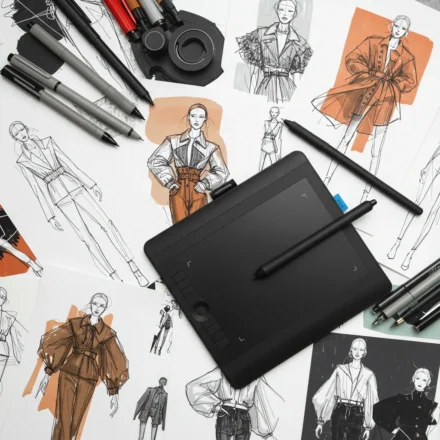
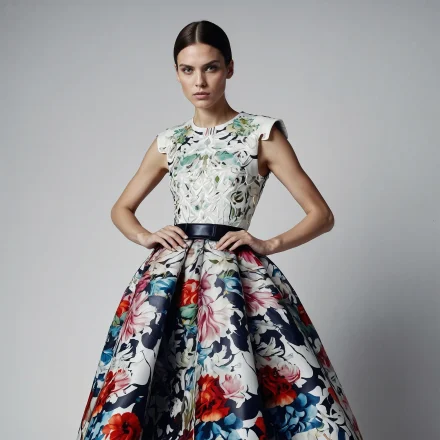
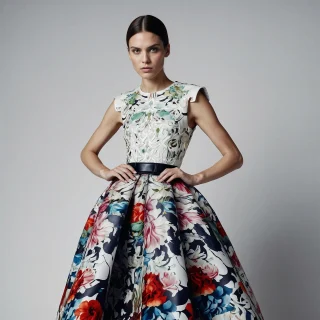





Leave a Comment